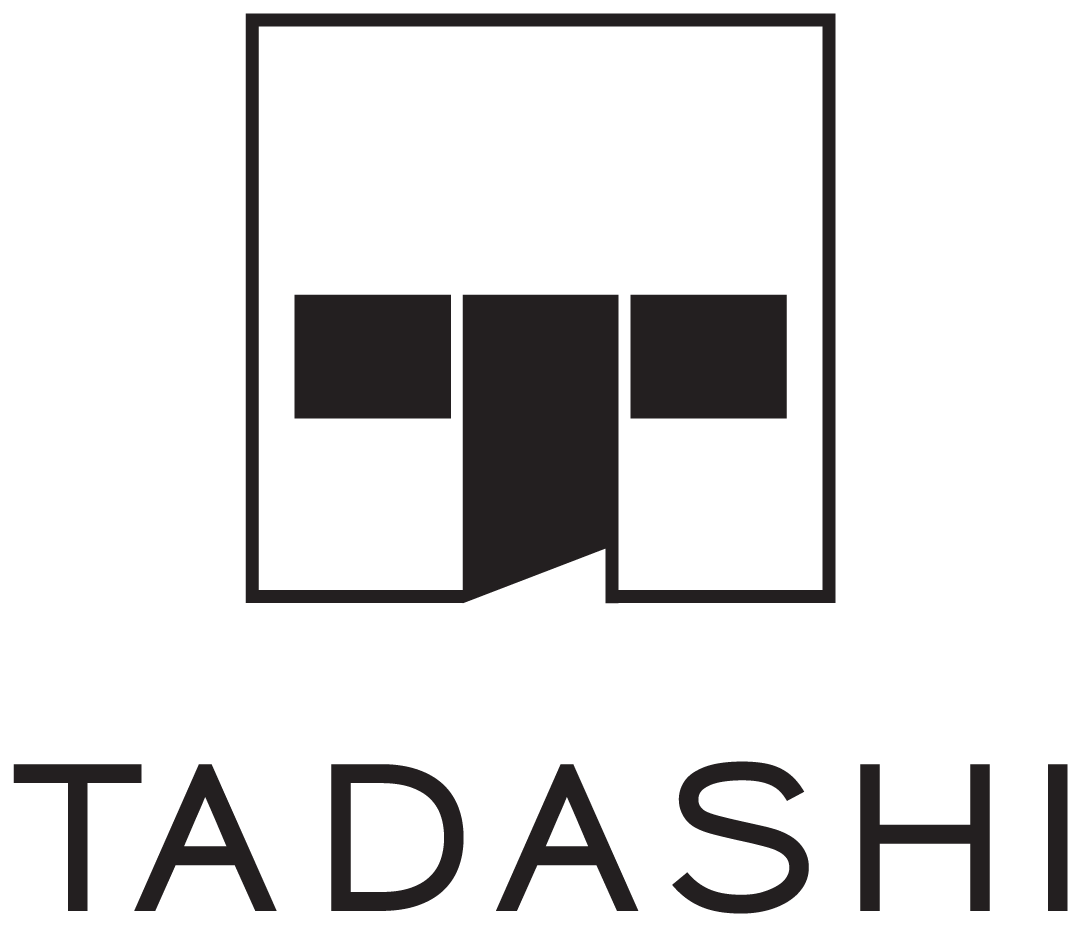The Emerald City Is About to Get Even Greener
Seattle is a city full of beautiful architecture and amazing new developments. However, this comes at a great cost to our environment as buildings are responsible for over a third of the city’s greenhouse gas emissions. So, as a bustling urban center, how do we reckon with the fact that if we don’t change our practices drastically, and soon, we will do irreparable harm to the earth? It begins with creating a new way of building, transitioning to clean energy and resource conservation, supported by the city itself.
The City of Seattle is implementing green building permit incentives to encourage builders and developers to explore eco-friendly methods. This is an exciting new chapter in the city’s progress, a change that shouldn’t make us feel constricted or held back but instead inspire us to explore better ways to participate in the job we love most: building an amazing city.
There are four new incentives total plus an advisory committee that will review additional proposals. The incentives essentially work as a reward system for meeting green building requirements. For example, the Priority Green Expedited offers quicker permit review and processing for buildings that are built with a focus on clean energy, indoor air quality, resource conservation, etc. The aim is to shorten the review period by 50 percent, prioritizing buildings that have complied with the incentive’s regulations and putting them on a faster track to being built. This is a huge positive as we all know how frustrating it can be to have a project held up in review.
The Green Building Standard incentive allows for more development capacity—more height, floor area, or even a second ADU. This opens up way more possibilities for building plans. The Living Building Program is similar in that it also offers the opportunity for more height and floor area ratio for new or existing buildings. Set to expire at the end of the year in 2025 or once 20 projects have been enrolled, this program won’t be around for long, so if you can take advantage of it now, then definitely do so! The nonprofit Architecture 2030’s Challenge for Planning works in a similar way but instead focuses on existing buildings, aiming to bring them up to the new standards that the City of Seattle is hoping to make the norm.
Given Seattle’s goal of entirely transitioning to clean energy in buildings and vehicles by 2050, it’s clear that change is happening, and whether we get on board with it today or further down the road, we will all eventually be ushered into a necessary new era of eco-friendly development. So, I encourage everyone to read into the city’s new incentives and take advantage of the enticing offerings now available. It could prove to be just the boost your new project needs!

